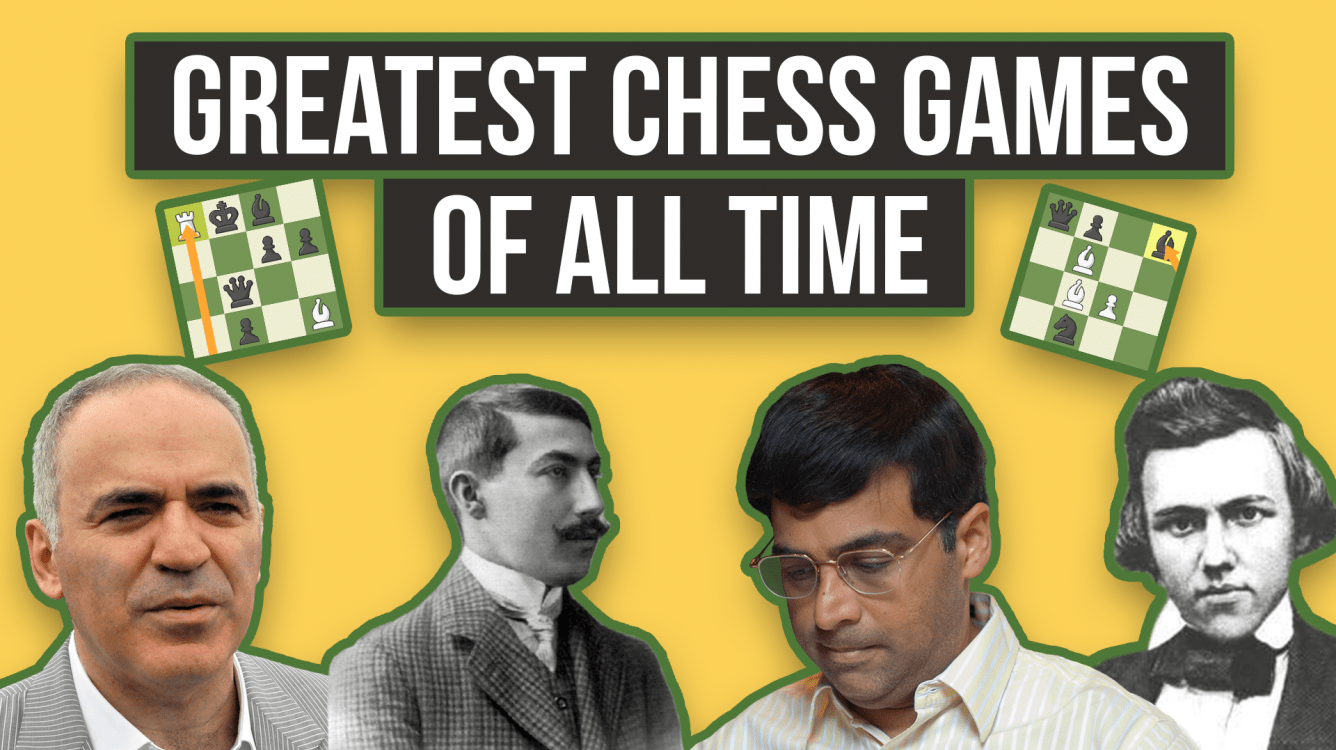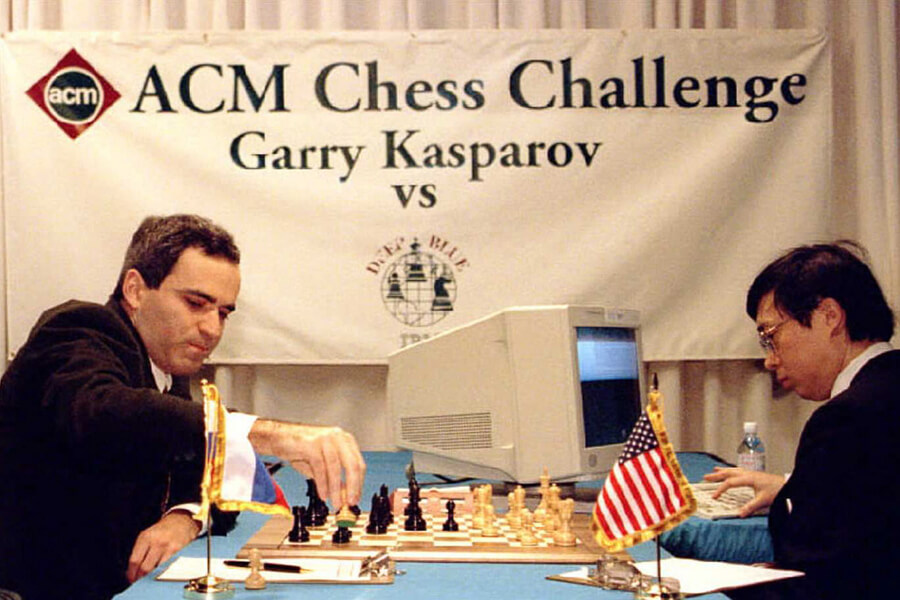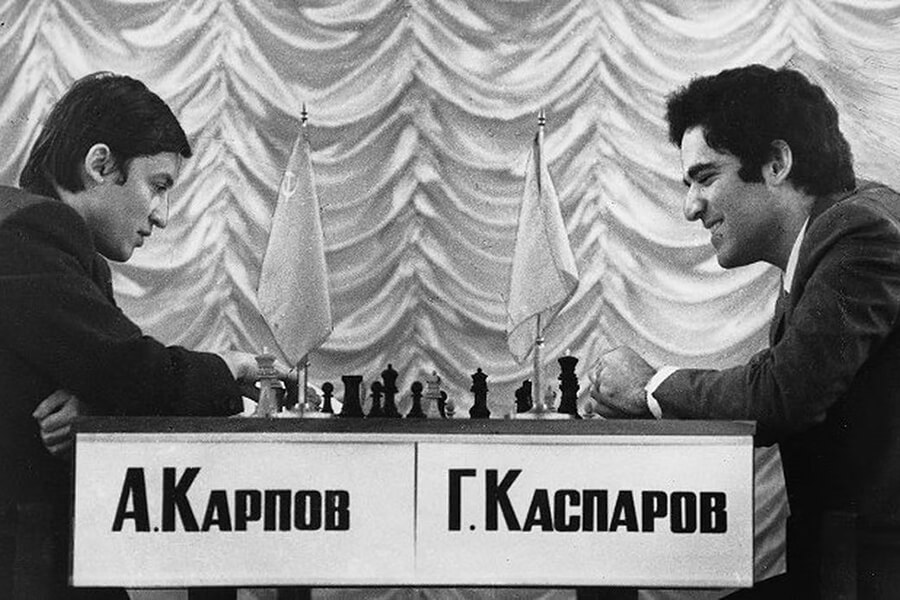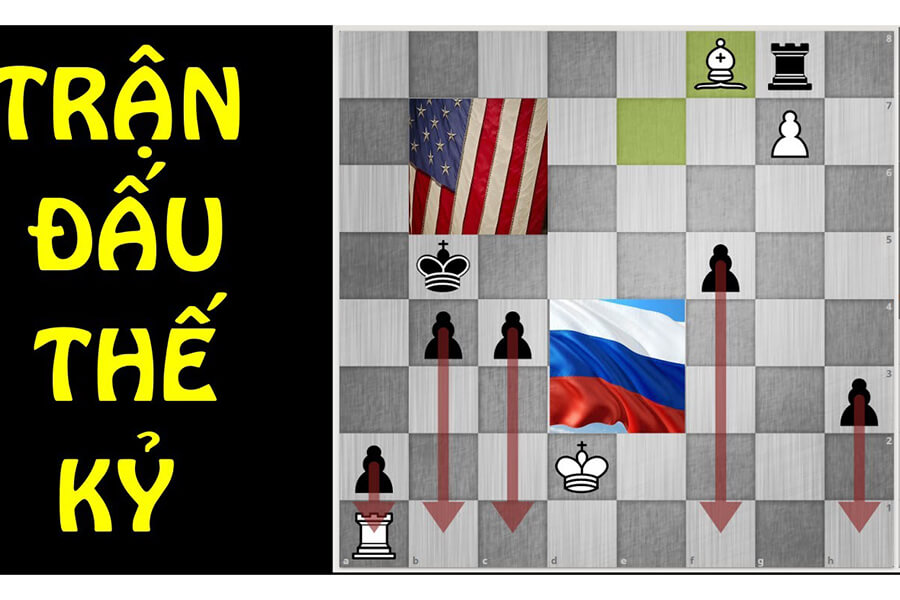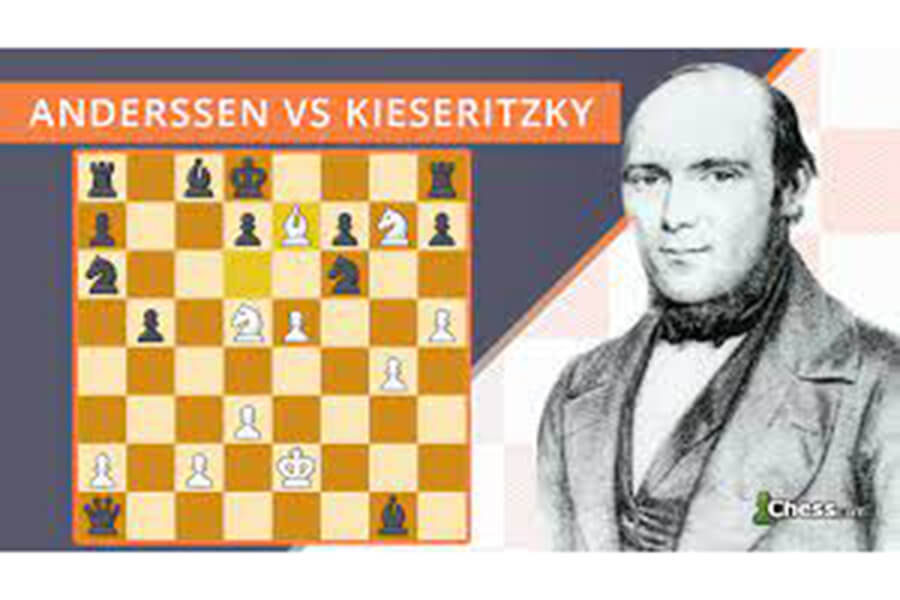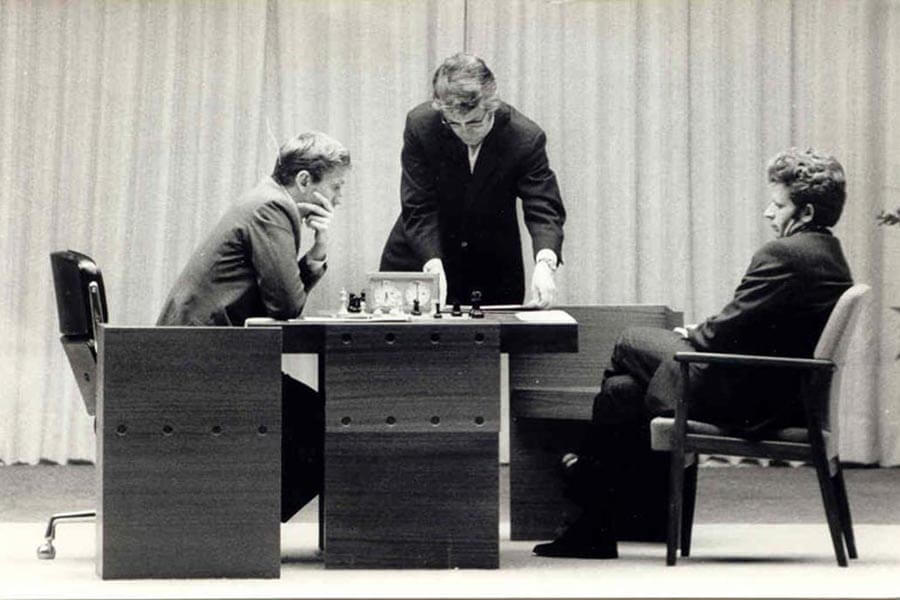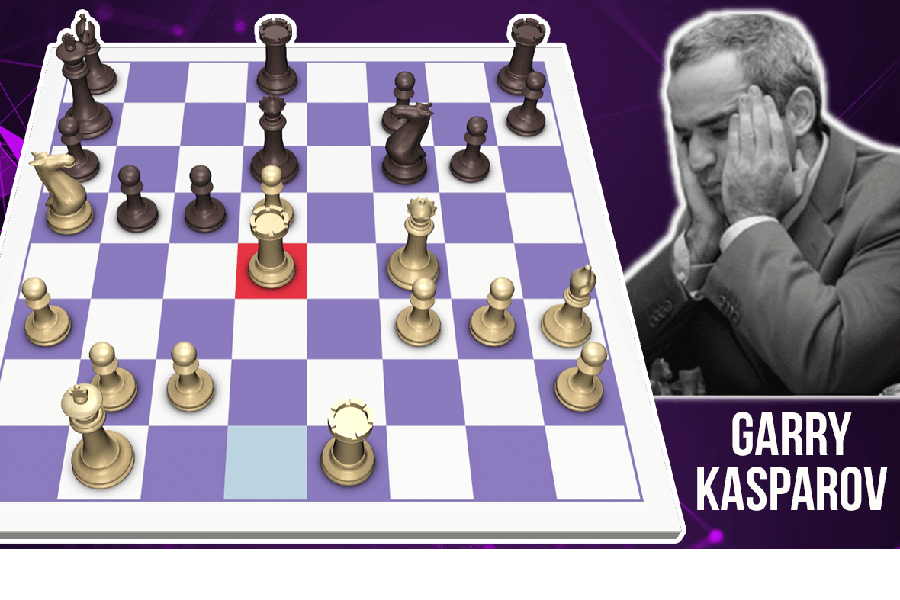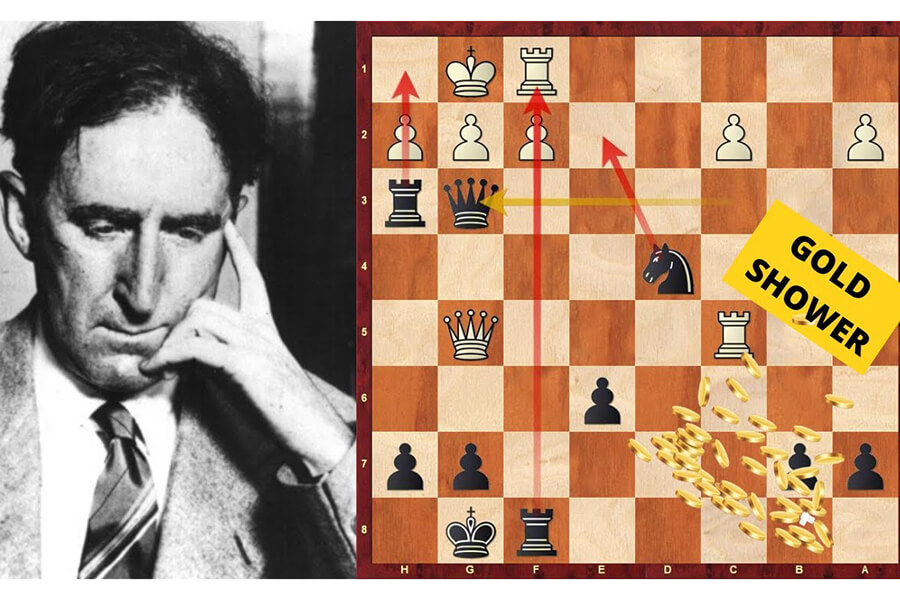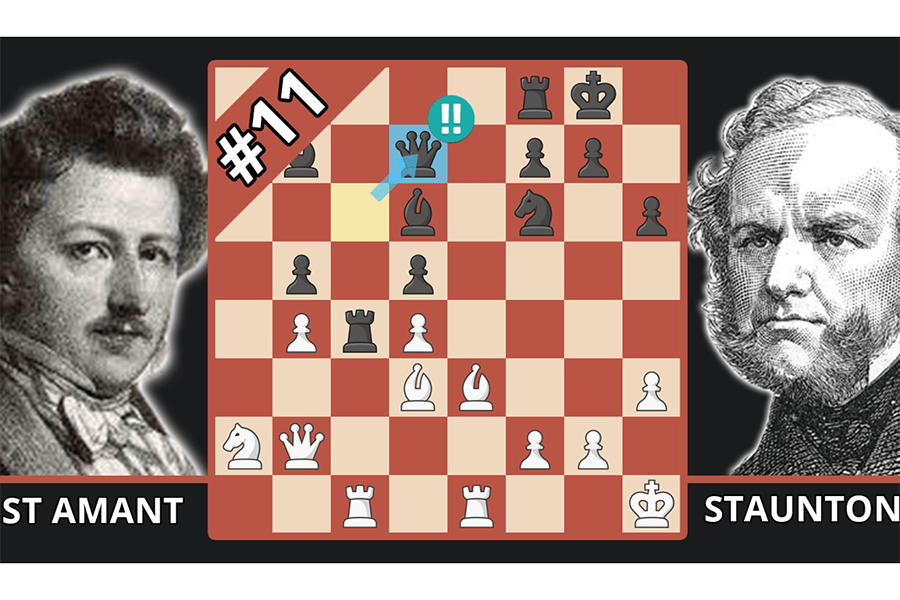No products in the cart.
Chess News, Events & Blogs
The 5+ Best Chess Games Of All Time
Table of Contents
Deep Blue – Garry Kasparov
The Deep Blue versus Garry Kasparov chess match was a highly anticipated and historic event in the world of chess. It took place in 1996 and then again in a rematch in 1997. Deep Blue was an advanced chess computer developed by IBM, while Garry Kasparov was the world chess champion at the time. Deep Blue utilized a combination of powerful hardware and sophisticated algorithms to analyze positions and make moves. The match attracted significant attention as it showcased the battle between human intelligence and machine computing power. Ultimately, Deep Blue won the six-game match in 1997, becoming the first computer to defeat a reigning world chess champion in a match under tournament conditions.
Anatoly Karpov – Garry Kasparov
The Anatoly Karpov – Garry Kasparov chess match in 1985 was part of their ongoing rivalry and was the second World Chess Championship match between the two players. The match began on September 3, 1985, and lasted for several months until it was concluded on February 8, 1986. The match was played in Moscow and was scheduled for a maximum of 24 games. However, after 48 games, FIDE President Florencio Campomanes stopped the match due to concerns about the players’ physical and mental well-being. Kasparov was trailing at the time, but the decision caused controversy as many believed the match should have continued. Eventually, Kasparov won the next World Chess Championship match against Karpov in 1986.
Boris Spassky – David Bronstein
It took place in Moscow and was part of the Candidates Tournament, which determined the challenger for the World Chess Championship. Both Spassky, representing the Soviet Union, and Bronstein, representing the Soviet Union as well, were renowned grandmasters.
The match ended in a 12-12 draw, with each player winning five games and drawing fourteen. This result was notable because it meant neither player advanced to challenge the reigning world champion, Mikhail Botvinnik. As a result, Botvinnik retained his title.
The Spassky-Bronstein match showcased high-level chess and was regarded as a closely contested battle between two skilled competitors.
Adolf Andersen – Lionel Kieseritzky
The Adolf Anderssen – Lionel Kieseritzky chess match in 1851 is renowned for featuring one of the most famous and brilliant chess games in history, known as “The Immortal Game.” The match took place in London during the prestigious London Chess Tournament. Anderssen, a German master, faced off against Kieseritzky, a French player.
In this game, Anderssen sacrificed both of his rooks and the queen to deliver a spectacular checkmate against Kieseritzky’s king. The sacrifices were unexpected and daring, showcasing Anderssen’s creative and attacking style of play. “The Immortal Game” has since been widely studied and celebrated as a masterpiece of chess strategy and tactical brilliance.
Anderssen emerged as the victor in the match against Kieseritzky, cementing his status as one of the leading chess players of his time and leaving a lasting legacy in chess history.
Bobby Fischer – Boris Spassky
The Bobby Fischer – Boris Spassky chess match refers to the World Chess Championship held in 1972 between American grandmaster Bobby Fischer and Soviet Union grandmaster Boris Spassky. The match took place in Reykjavik, Iceland, and was highly significant in the context of the Cold War.
Fischer’s victory in the match marked a significant milestone in chess history. He defeated Spassky with a score of 12.5-8.5, becoming the first American to win the World Chess Championship. The match garnered enormous media attention and showcased Fischer’s exceptional skill and determination.
The Fischer-Spassky match is remembered for more than just the chess games played. It was seen as a symbolic confrontation between the United States and the Soviet Union, with the chessboard serving as the battlefield. The match popularized chess and brought it into the global spotlight, leaving a lasting impact on the game’s popularity.
Garry Kasparov – Veselin Topalov
Garry Kasparov and Veselin Topalov, two highly accomplished chess players, faced each other in a number of chess matches during their careers. One notable encounter between them was the Linares tournament in 1999. Linares was one of the most prestigious chess tournaments at the time, known for attracting the world’s top players.
In this tournament, Kasparov and Topalov competed fiercely against each other, showcasing their exceptional chess skills. The match between them was intense and closely contested. Ultimately, Kasparov emerged as the winner of the tournament, while Topalov secured a respectable result.
The Kasparov-Topalov match demonstrated the high level of play and competitive spirit between two elite chess players. Their encounters contributed to the rich history of chess and left an indelible mark on the game.
Stefan Levitsky – Frank Marshall
The game became widely known as the “Levitsky – Marshall Immortal” due to its remarkable and imaginative play.
In this game, Levitsky, a Russian chess master, sacrificed his queen early in the game to set up a series of powerful tactical moves. Marshall, an American chess master, initially declined the queen capture, but Levitsky’s relentless attacks and sacrifices ultimately overwhelmed him. Levitsky’s sacrifices and combination of moves led to a stunning checkmate, making it one of the most celebrated games in chess history.
The Levitsky – Marshall Immortal demonstrated the beauty and creativity of chess, showcasing the potential for dynamic and aggressive play. The game is often studied and admired by chess enthusiasts for its brilliant sacrifices and tactical brilliance.
Howard Staunton – Pierre Saint-Amant
The Howard Staunton – Pierre Saint-Amant chess match was a historic encounter that took place in 1843. The match was held in London and was significant in the development of international chess competitions.
Staunton, an English chess master, faced off against Saint-Amant, a French chess player, in a series of matches. The match was highly anticipated and attracted attention from the chess community.
Staunton emerged as the victor, winning the match with a score of 13-8. His victory solidified his reputation as one of the leading chess players of his time and contributed to the spread of the English school of chess.
The Staunton – Saint-Amant match played a role in establishing Staunton’s dominance and influence in the chess world. It also highlighted the competitive nature of chess across international borders, setting the stage for future chess encounters and the growth of the game worldwide.

